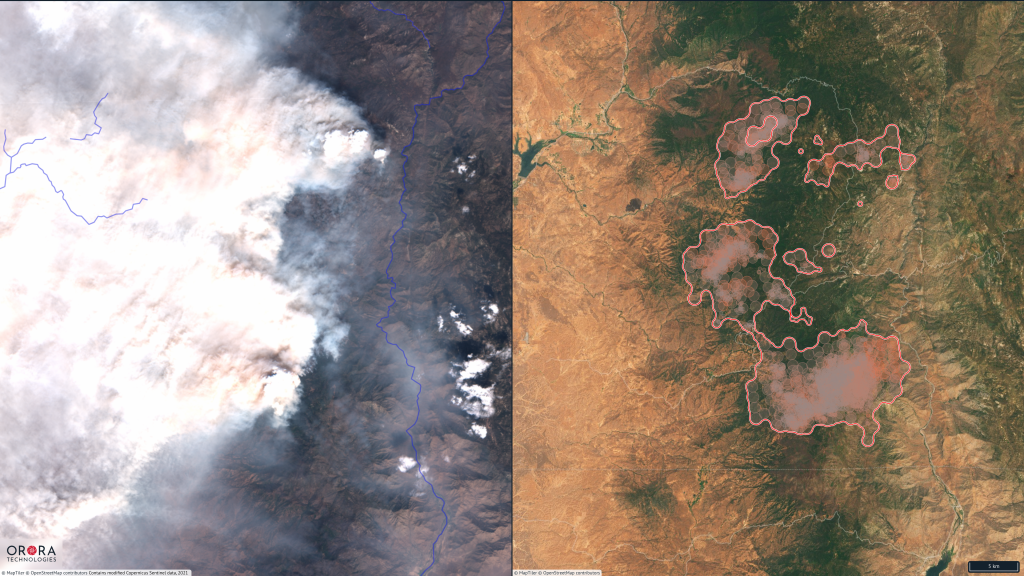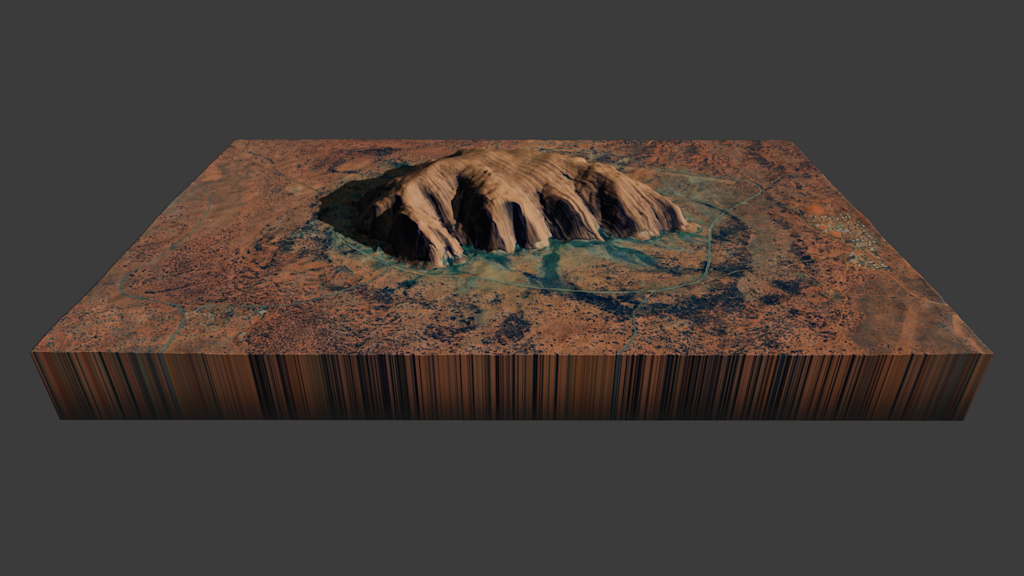So you need to task a satellite to take imagery of a given area. You’re in the right place. But how many images do you need, exactly? And do you just need one image (mono) or do you need the same area from different angles? And all that is assuming that you already know what kind of imagery you need (optical aerial, optical satellite, radar)...
Don’t panic. One factor that will help you decide on most of the above is the revisit rate. And the point of this article is to wipe away any mysterious fog around the concept by explaining it in full.
What is a revisit rate?
A sensor's revisit rate means how often it's able to pass over an area of interest (AOI).
For example, Pléiades Neo from Airbus, one of our most popular collections, has a revisit rate of 2 times per day. This means that Pléiades Neo can attempt to capture your AOI twice in one day.
"Attempt to" is an important phrase to note here. It's not guaranteed: revisit rates don't mean your AOI will 100% be captured in the exact timeframe you want. Once you place your tasking order, a feasibility study will take place to assess the order and tell you if it's possible.
Factors that impact revisit rates and image acquisition
Why do constellations have different revisit rates? Because none of them are the same, obviously. Even small differences can have a drastic impact.
Orbits
First off, a satellite's orbit. The vast majority of commercial Earth observation (EO) satellites are in low Earth orbit (LEO), with medium Earth orbit and above occupied by other types, like telecommunications satellites. LEO allows for higher resolutions and faster revisit rates, as the satellite is both closer to the Earth and has a smaller total distance to orbit. The offsetting factor is the swath width: when a satellite is closer to Earth, the width it can capture is smaller. There's always a tradeoff, and even within LEO, there can be plenty of variation.
Pléiades Neo, for example, boasts a very high resolution of 50 cm and a swath width of 14 km. SPOT, on the other hand, has a (still high, but not very) resolution of 1.5 m, and a much larger swath width of 60 km.
Constellation size
Second, the number of satellites in the constellation. SPOT is just one satellite, with a revisit rate of every 3 days. Pléiades Neo has two satellites at the moment, with more planned for the future. And then there are collections like Planet's SkySat and BlackSky, which have larger fleets, and are our current champions with revisit rates of up to 7 times per day.
Acquisition parameters
There are a few other factors to consider when looking at revisit rates, which you can choose during the creation of your tasking order.
If you need optical imagery, cloud coverage might prevent you from getting the image you need on your first pass (you can read more about this in our documentation). When you place your order, you can select the acceptable amount of cloud coverage for your AOI. But for especially cloudy areas, or during rainy seasons, a higher revisit rate could be the better choice to get your imagery faster.
And last but not least, your desired incidence angle (the angle at which your sensor views your AOI) will also have an impact. If a wider angle is acceptable, the satellite may be able to capture your AOI sooner, whereas a more narrow angle might require more time. Which leads us to...
When are revisit rates most important?
Revisit rates matter the most when you need your imagery fast.
Above all other use cases, disaster management is the one where high revisit rates are critical. Major earthquakes, tsunamis, and other natural disasters destroy ground-based infrastructure, making aerial and satellite imagery the go-to (and in situations like hurricanes, even aerial may not be dependable). EO data can help identify the worst-struck areas, where people need rescuing, and where to send aid workers.
For disasters that cause huge dust buildups or smoke/clouds, like forest fires, SAR data can be useful, as radar sensors can penetrate cloud cover.
Beyond that, supply chain monitoring and maritime tracking are two areas where constant data is needed. Deforestation, especially tracking of illegal logging, certain types of crop monitoring, and traffic management also often call for high revisit rates.
Stereo imagery, where the same AOI is captured from multiple angles in order to build digital elevation models, can also benefit from higher revisit rates.
And then there are some use cases where you don't necessarily need high revisit rates. Long-term monitoring, like sea level rise and pollution, might not require daily captures. But it always depends on individual needs.
What revisit rates are available on UP42?
Below, you'll find a table listing the revisit rates from a sample of our collections.
| Collection | Revisit rate | Data type |
|---|---|---|
| BlackSky | 7 times a day | Optical satellite |
| SkySat | 7 times a day | Optical satellite |
| Satellogic | 4 times a day | Optical satellite |
| Pléiades Neo | 2 times a day | Optical satellite |
| EROS-B | Every 2 days | Optical satellite |
| Dragonette‑1 | Every 2 days | Optical satellite (hyperspectral) |
| Capella Space | 5 times a day | SAR |
| Umbra | 4 times a day | SAR |
| ICEYE | Daily | SAR |
| KOMPSAT‑5 | Every 2 days | SAR |
You can find the full list of all available collections and their revisit rates in our documentation.
Got a question about revisit rates? Want to know which is best for your use case? Reach out to us—our team would be happy to help.




